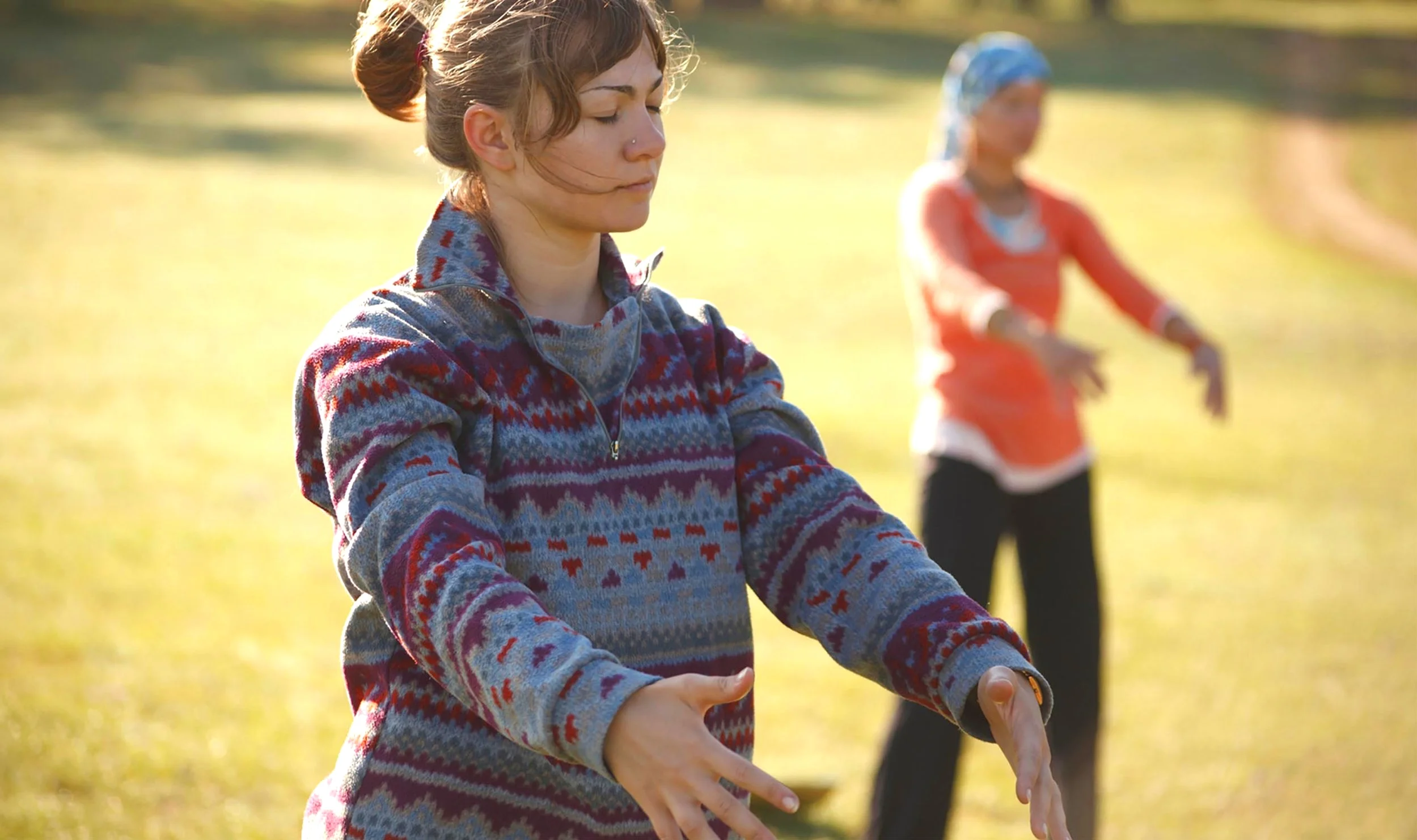SOMATICS
Somatics is a field of study within bodywork and movement sciences. Somatic techniques are studied and used in medicine, physical therapy, massage therapy, chiropractic care, psychotherapy, Traditional Chinese Medicine, movement practices, autogenic training, meditation, hypnoses and much more.
The earliest forerunners of modern somatics practices were traditional Asian movement practitioners of yoga, tai chi, qigong, and martial artists.
Somatic practice emphasizes the internal physical perception or, proprioception of the person. it also focuses the relationship between different internal states, conditions, and processes of Somatic Nervous System (SNS).
The Somatic Nervous System is associated with conscious and voluntary activities. It is involved with the processing of the sensory and motor information to and from the Central Nervous System (CNS).
The Somatic Nervous System consists of motor neurons and sensory neurons. Motor neurons, carrying instructions from the CNS to the muscles, are efferent fibers (efferent means “moving away from”). Sensory neurons, carrying sensory information to the Central Nervous System, which are afferent fibers (afferent means “moving toward”). Each nerve is basically a two-way superhighway, containing thousands of axons, both efferent and afferent.
During somatic sessions, the individual is given a specific set of instructions for specific somatic techniques, appropriate for their somatic skill level. During the somatic training sessions, people are asked to do breathing techniques and observe their mental content and learn about their different internal processes and how to trigger, modify and control them.
In other words, somatics is a cluster of practices that help us get in touch with our Somatic Nervous System, and learn how to deal and regulate processes in regards and relations to our internal world.
We may say that any type of somatic therapy or somatic practice firstly is concerned with the internal aspect of the individual. Secondly with experiential learning of effective tools and techniques. And thirdly, it’s all about creating realistic, tangible, physical changes.
During somatic therapeutic sessions, the therapists guide the patient to a heightened self-awareness state through somatic techniques, physical movements, bodywork and breathing techniques for a specific condition that the patient is being treated for.
Somatic therapeutic practice is a kind of a roadmap with stations through which you learn to achieve and maintain your health goals. Vibrant health, higher levels of energy, good balance, stamina, ability to easily process and eliminate stress are some of the benefits.
There are no secrets really. The practice teaches you how to balance and harmonize your physical, mental and emotional states, identify key negative and positive elements and work with them. If you‘re planning to live long enough to be in your nineties, you need to get on this program.
SOMATICS IS A VERY POWERFUL MODALITY HELPING PRACTITIONERS TO INCREASE HEALTH, VITALITY, AND WELLBEING
Practice has a tremendously positive effect on the Nervous System
Helps to increase immunity
Slows Down Aging
Promotes Brain Health
Promotes functionality and mobility
Helps to improve Quality of Sleep
Helps to stay in restful somatic state during insomnia
Helps to cope with PTSD
Helps to deal with stress, anxiety, panic attacks
Calms nerves before important events for athletes or corporate professionals
improves composure, helps you keep it together so you don’t lose it like the last time.
DURING THE BEGINNING PART OF THE TRAINING, TRAINEES STUDY DIFFERENT ASPECT OF THE SOMATIC PRACTICE IN A PRACTICAL SETTING. THE KEYWORDS HERE BEING PRACTICE. PRACTICE. PRACTICE. PRACTICE AND PRACTICE.
The somatic practice is not for everyone. Somatic practices take long time to develop and to achieve mastery.


